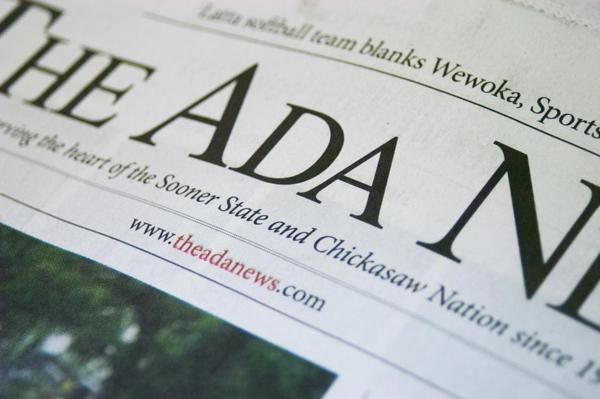
The Rising Tide of Disinformation: Navigating the Information Disorder
Social media, once a tool for connection and information sharing, has increasingly become a breeding ground for disinformation, demanding critical thinking and effective detection techniques to safeguard public discourse and democratic values.
From Connection to Chaos: The Evolution of Social Media
Social media platforms have undergone a dramatic transformation. Initially designed for personal connection and information exchange, they have evolved into complex ecosystems susceptible to the spread of disinformation and misinformation. This shift poses a significant threat to the integrity of public discourse and the foundations of informed decision-making. The ease with which false or misleading content can be created, disseminated, and consumed is a growing concern, particularly given the lack of awareness among many users regarding the existence of such false information.
The rapid spread of allegations, often fueled by pre-existing conspiracy theories and partisan biases, highlights the vulnerability of public opinion to manipulation. A recent example illustrates this perfectly: the swift circulation of fabricated statements attributed to Pope Leo, falsely portraying him as “woke,” demonstrates how easily deceptive narratives can gain traction online. This incident underscores the urgent need for media literacy initiatives and the cultivation of critical thinking skills among the public.
The Lancet’s Warning and the Impact on Public Health
The medical journal The Lancet has issued a stark warning about the “destructive and damaging” effects of disinformation on public health. Their recent editorial, “Health in the age of disinformation,” identifies the COVID-19 pandemic as a turning point, marking a significant increase in the volume of misleading and incorrect content circulating online. This highlights the real-world consequences of information disorder, extending beyond political manipulation to directly impact public health and safety. The increased use of social media also exacerbates this problem, as information – both accurate and inaccurate – spreads more rapidly than ever before.
Understanding the distinction between misinformation (false information shared without intent to harm) and disinformation (deliberately created to deceive) is crucial. Recognizing the rhetorical devices commonly employed in disinformation campaigns – such as conspiracy narratives, “good versus evil” framing, and the presentation of “revealed secrets” – is a key step in developing effective detection techniques.
Combating Disinformation: Strategies and Challenges
Researchers are actively exploring various detection methods to combat the spread of disinformation. These range from automated algorithms designed to identify patterns of false information to manual fact-checking initiatives. A comprehensive literature review is crucial to understanding the state of the art in this field and identifying areas for further research. The challenges are significant, however, as those spreading disinformation are constantly adapting their tactics to evade detection.
Furthermore, the ongoing debate surrounding deplatforming – the practice of removing individuals or groups from social media platforms – raises important questions about editorial power, censorship, and the responsibility of platforms in “arbitrating” truth. As social media surpasses traditional news sources in popularity, the reliability of information diminishes, making “fake news” increasingly difficult to detect. As Professor Guriev’s work demonstrates, authoritarian regimes are increasingly leveraging social media to disseminate propaganda and manipulate public opinion, emphasizing the importance of safeguarding democratic values in the digital age.
Key Takeaways
- Social media has evolved from a platform for connection to a breeding ground for disinformation and misinformation.
- The Lancet has warned about the damaging effects of disinformation on public health, particularly highlighted during the COVID-19 pandemic.
- Recognizing the rhetorical devices used in disinformation campaigns and developing effective detection techniques are crucial for combating its spread.
- The debate surrounding deplatforming raises important questions about editorial power and the responsibility of social media platforms.
- Understanding the tactics employed by authoritarian regimes to manipulate public opinion through social media is essential for protecting democratic values.
